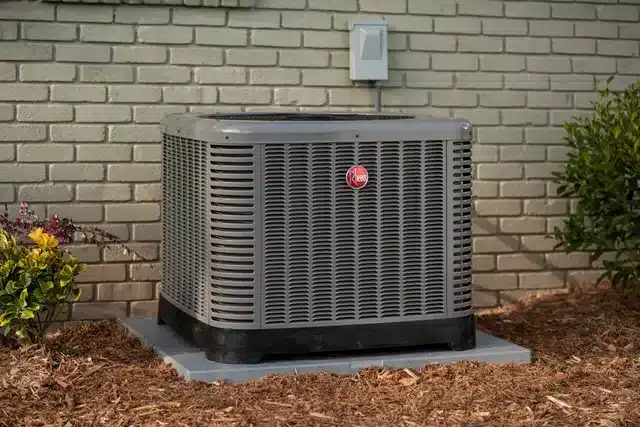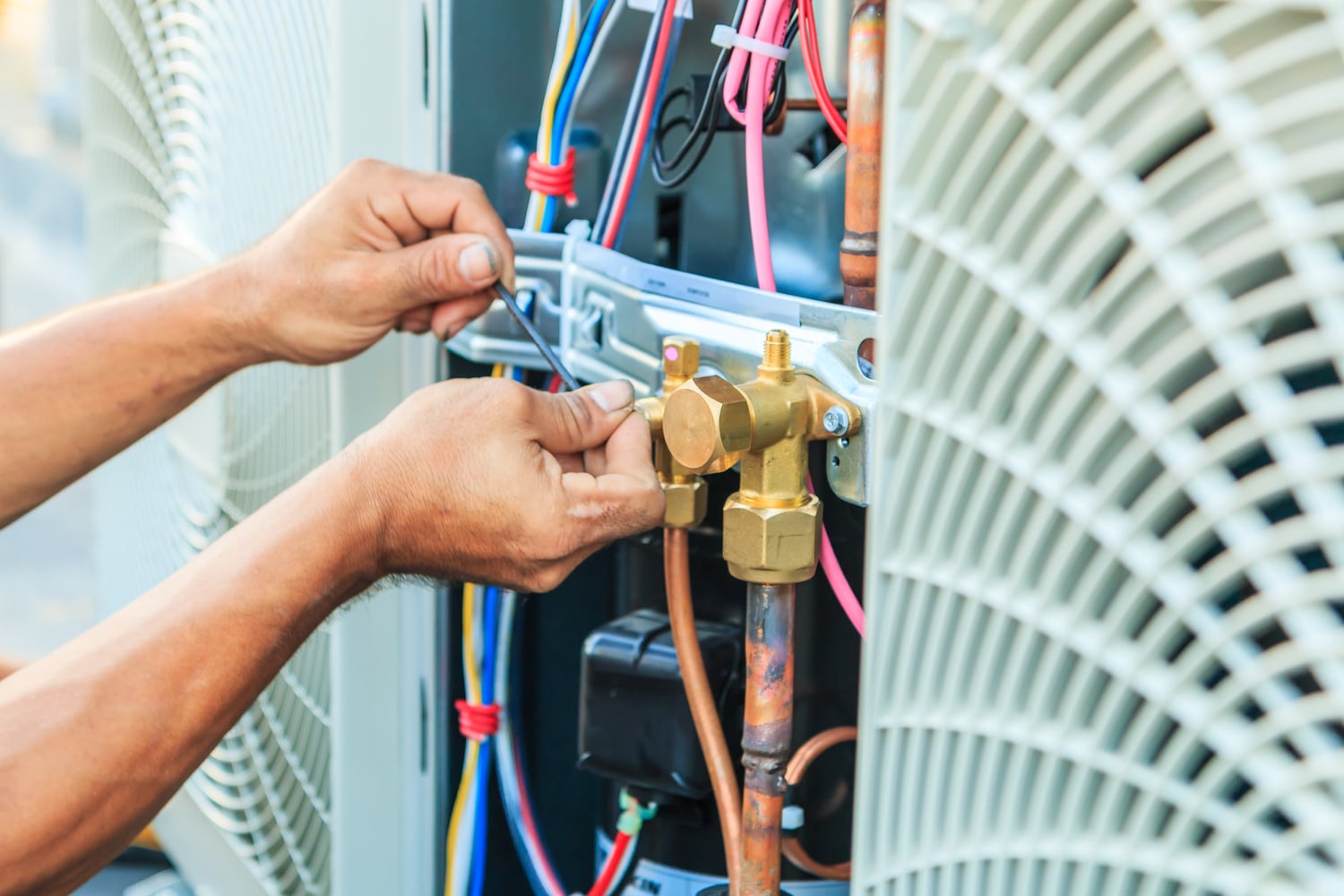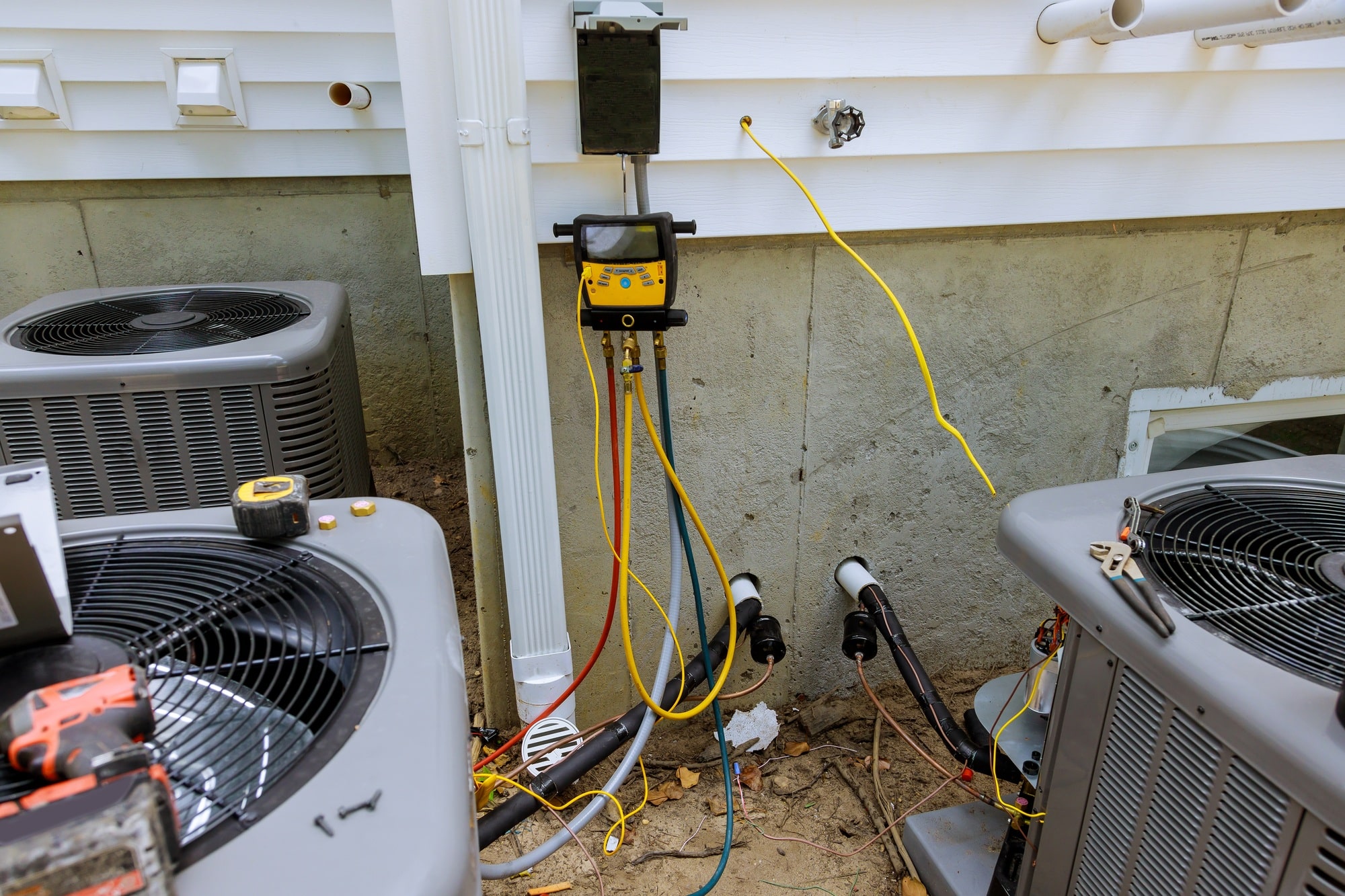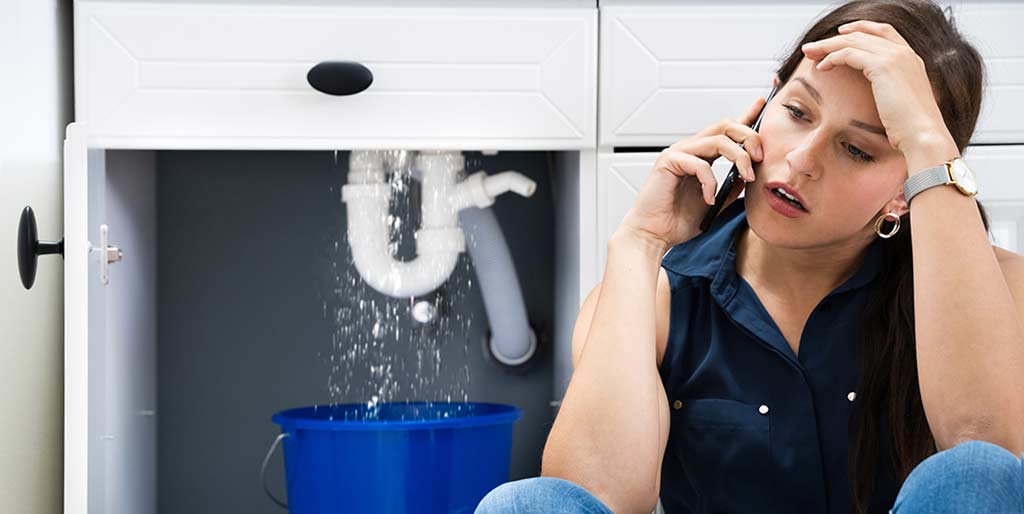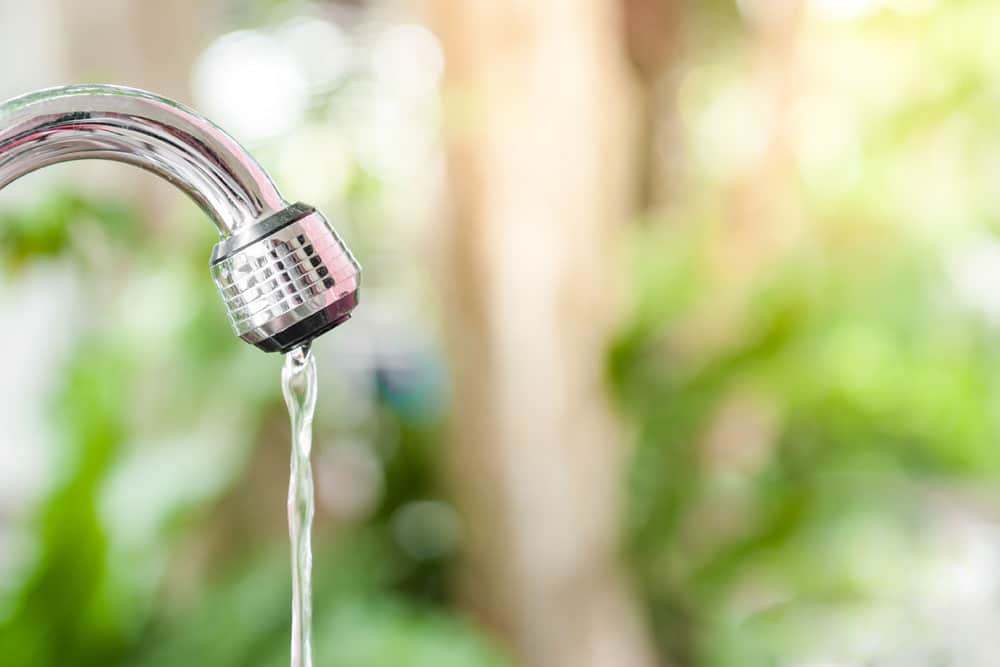Key Takeaways
- SEER (Seasonal Energy Efficiency Ratio) ratings measure an air conditioner’s efficiency, with higher numbers indicating better performance
- In 2023, the minimum SEER rating requirement increased from 13 to 14 in the northern region (including Utah)
- Salt Lake Valley’s climate makes AC efficiency particularly important for summer comfort and energy savings
- Higher SEER units cost more initially but provide significant long-term energy savings in Utah’s climate
- Professional HVAC consultation from Green Line Plumbing, Heating and Air can help you choose the best system for your specific Salt Lake home needs
If you’re a homeowner in the Salt Lake Valley looking to purchase a new air conditioning system, you’ve likely encountered the term “SEER rating” in your research. Understanding SEER ratings is crucial for making an informed decision that balances upfront costs with long-term energy efficiency, especially in Utah’s unique climate conditions. At Green Line Plumbing, Heating and Air, we believe educated customers make better choices for their homes and budgets, which is why we’ve created this comprehensive guide to SEER ratings and how they affect your Salt Lake City home comfort.
The summer heat in Salt Lake County can be intense, with temperatures regularly climbing into the 90s and sometimes exceeding 100°F during July and August. Having an efficient cooling system isn’t just a luxury—it’s essential for comfort and health. Choosing the right AC system with the appropriate SEER rating for your Utah home can significantly impact both your comfort level and your monthly utility bills.
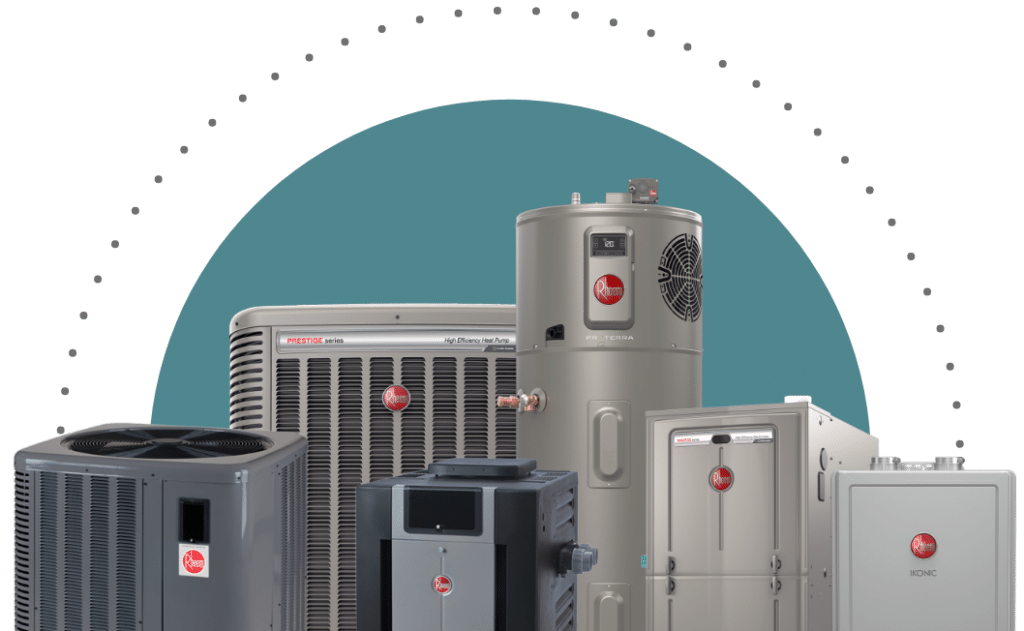
What Is a SEER Rating?
SEER stands for Seasonal Energy Efficiency Ratio. This numerical value measures the cooling efficiency of air conditioning systems and heat pumps. Specifically, SEER ratings represent the ratio of cooling output divided by the electrical energy input over a typical cooling season. The higher the SEER number, the more efficient the unit operates.
Think of SEER ratings similar to how you might consider a car’s MPG (miles per gallon). Just as a car with better gas mileage costs less to operate over time, an AC unit with a higher SEER rating will consume less energy while providing the same cooling output compared to a lower-rated model.
Current SEER Rating Standards for Utah Homes
As of January 2023, the U.S. Department of Energy (DOE) implemented new minimum efficiency standards for residential air conditioning systems. The country is divided into three regions—North, Southeast, and Southwest—with different minimum requirements for each. Utah, including the entire Salt Lake Valley, falls within the Northern region.
For Northern region homeowners, including those in Salt Lake City, West Valley City, Sandy, and surrounding areas, the minimum SEER rating requirement increased from 13 to 14 for newly manufactured air conditioners. This change reflects the national push toward greater energy efficiency and reduced environmental impact.
SEER Ratings Explained: What Do the Numbers Actually Mean?
SEER ratings typically range from the minimum required 14 up to 25+ for the most advanced systems available in the Salt Lake market. Here’s what different SEER ratings signify for Utah homeowners:
14-16 SEER (Standard Efficiency)
These entry-level systems meet the current minimum efficiency requirements for Salt Lake County installations. They provide satisfactory performance at a lower upfront cost, making them popular for budget-conscious Utah homeowners or rental properties. While they’ll cool your West Valley or Sandy home effectively, they won’t deliver the same energy savings as higher-rated models.
16-18 SEER (High Efficiency)
Mid-range systems offer a good balance of initial investment and operational savings for Salt Lake Valley homes. These units typically incorporate better technology, including enhanced coils and more efficient compressors. Many Holladay and Cottonwood Heights homeowners choose this range as it provides noticeable energy improvements over minimum-efficiency models without the premium price of top-tier units.
19+ SEER (Premium Efficiency)
These top-of-the-line systems incorporate cutting-edge technology like variable-speed compressors and advanced fan motors. While they have the highest upfront cost, they deliver maximum energy savings in Utah’s climate, especially during those hot summer months in Salt Lake City when your AC runs constantly. Homeowners in Draper and Park City looking for ultimate comfort, quieter operation, and the lowest possible energy bills often select these premium systems.
Cost vs. Savings: Is a Higher SEER Rating Worth It in Salt Lake Valley?
When determining the right SEER rating for your Salt Lake home, consider both short-term expenses and long-term savings. Higher SEER units cost more initially, but the energy savings accumulate over time, especially in Utah’s climate where air conditioning usage is substantial during summer months.
Let’s examine a practical example for a Salt Lake City home:
Assume a 3-ton (36,000 BTU) air conditioner running for 1,000 hours during a typical Salt Lake Valley cooling season:
- A 14 SEER unit might cost $3,500-$4,500 installed
- A 16 SEER unit might cost $4,500-$5,500 installed
- A 20 SEER unit might cost $5,500-$7,000+ installed
The annual energy consumption difference can be calculated using this formula: Annual kWh = (BTU capacity × hours used) ÷ (SEER rating × 1000)
With Utah’s electricity rates averaging around 10.63 cents per kWh (as of 2023), the annual operating costs would be:
- 14 SEER: Approximately $273 per year
- 16 SEER: Approximately $239 per year
- 20 SEER: Approximately $191 per year
For a Salt Lake homeowner, upgrading from a 14 SEER to a 20 SEER unit could save about $82 annually. Over a typical 15-year lifespan of an AC system, that’s over $1,230 in savings, which helps offset the higher initial investment.
How Salt Lake Valley’s Climate Affects Your SEER Rating Choice
Utah’s unique climate characteristics make SEER ratings particularly important. The Salt Lake Valley experiences:
- Hot, dry summers with daytime temperatures regularly exceeding 90°F
- Significant daily temperature fluctuations (sometimes 30-40 degrees)
- A relatively short but intense cooling season
- Elevation effects that can impact air conditioning performance
These factors mean that Salt Lake City homeowners often benefit from systems that can adapt to varying conditions. Variable-speed systems with higher SEER ratings excel in this environment, as they can run at lower speeds during milder weather while ramping up during extreme heat waves. This flexibility is particularly valuable in areas like Millcreek or Murray where temperature swings can be pronounced.
Additionally, Utah’s dry climate means that evaporative coolers (swamp coolers) are sometimes used as alternatives to traditional air conditioning in some parts of the valley. However, as humidity levels occasionally rise during monsoon season, conventional AC systems with appropriate SEER ratings remain the most reliable choice for consistent comfort.
Features That Enhance SEER Ratings in Modern AC Systems
When shopping for a new air conditioning system in Salt Lake County, look for these advanced features that contribute to higher SEER ratings:
Variable-Speed Compressors
Unlike single-stage compressors that only operate at full capacity, variable-speed compressors can run at different levels, often as low as 25% of their maximum output. This allows the system to use just enough energy to maintain comfort, significantly reducing electricity consumption in Utah homes.
Two-Stage Cooling
A middle ground between single-stage and variable-speed operation, two-stage cooling offers a high and low setting. This provides better efficiency than basic systems while keeping costs lower than fully variable models—a practical choice for many Taylorsville and South Jordan homeowners.
Advanced Fan Motors
ECM (Electronically Commutated Motor) technology uses less electricity than conventional motors and allows for more precise airflow control, enhancing both efficiency and comfort throughout your Salt Lake City home.
Smart Thermostats
While not directly affecting the SEER rating itself, compatible smart thermostats can optimize your system’s performance. Units that work with Nest, Ecobee, or similar smart home technologies can maximize efficiency through learning algorithms and remote control capabilities—perfect for Utah’s variable climate.
Choosing the Right SEER Rating for Your Salt Lake Valley Home
Consider these factors when selecting the appropriate SEER rating for your Utah home:
Home Size and Layout
Larger homes in areas like Sandy or Herriman generally benefit from higher-efficiency systems as the absolute energy savings increase with cooling demand. Open floor plans versus compartmentalized layouts also affect system requirements.
Insulation Quality
Well-insulated homes in newer developments around Daybreak or Lehi may perform well with lower SEER units, while older Salt Lake City homes with less insulation might see greater benefits from higher-efficiency systems.
Length of Residence
If you plan to stay in your Sugarhouse or Avenues home for 10+ years, investing in a higher SEER system typically pays off. For shorter residency periods, a more moderate SEER rating might be more economically sensible.
Budget Considerations
Balance immediate financial constraints against long-term savings. Green Line Plumbing, Heating and Air offers financing options to help Salt Lake Valley homeowners afford higher-efficiency systems that pay for themselves over time.
Professional Installation: Critical for Achieving Rated SEER Performance
Even the highest-rated system will underperform if improperly installed. Professional installation by certified HVAC technicians from Green Line Plumbing, Heating and Air ensures your system delivers its rated efficiency. Proper installation includes:
- Accurate load calculations specific to your Salt Lake City home
- Correctly sized ducting appropriate for Utah’s climate conditions
- Proper refrigerant charging adjusted for Salt Lake Valley’s elevation
- Sealed connections to prevent efficiency-reducing leaks
- Calibrated airflow for optimal performance
DIY installations or work by uncertified contractors often results in efficiency losses of 20-30%, effectively negating the benefits of a higher SEER rating.
Maintenance Tips to Preserve SEER Performance in Utah’s Climate
Salt Lake Valley’s unique conditions—including dust from the nearby desert and occasional poor air quality—make regular maintenance crucial for maintaining your system’s efficiency:
- Replace air filters monthly during heavy use seasons in Salt Lake City
- Keep outdoor units clear of debris, vegetation, and cottonwood fluff
- Schedule professional maintenance twice yearly with Green Line Plumbing, Heating and Air
- Clean vents and registers throughout your Utah home regularly
- Consider adding whole-home air purification systems to reduce filter load and maintain efficiency
These simple steps help preserve your system’s designed SEER rating performance over its lifespan, even under Utah’s challenging conditions.
Environmental Impact and Rebates for Efficient Systems in Salt Lake County
Choosing a higher SEER system doesn’t just save money—it reduces your environmental footprint. Higher efficiency means less electricity consumption, which translates to reduced carbon emissions from power generation.
Additionally, Utah homeowners can benefit from various incentives for installing energy-efficient systems:
- Rocky Mountain Power’s wattsmart® program offers rebates for qualified high-efficiency equipment
- Federal tax credits may be available for systems that exceed minimum efficiency requirements
- Occasional manufacturer rebates can further reduce costs
- Potential Salt Lake City municipal incentives for energy-efficient home improvements
Our Green Line Plumbing, Heating and Air consultants can help you navigate these opportunities to maximize your savings while minimizing environmental impact.
Understanding SEER ratings is essential for making an informed decision when purchasing a new air conditioning system for your Salt Lake Valley home. While higher SEER ratings come with increased upfront costs, they typically deliver substantial long-term energy savings, especially in Utah’s climate.
The right choice depends on your specific circumstances, including your home’s characteristics, your budget, and how long you plan to stay in your current residence. By considering all these factors, you can select an air conditioning system that provides optimal comfort while minimizing operating costs.
At Green Line Plumbing, Heating and Air, we’re committed to helping Salt Lake County homeowners navigate these important decisions. Our experienced technicians provide personalized recommendations based on your unique needs and Utah’s specific climate challenges. Contact us today for a consultation to explore the best cooling options for your home.
Frequently Asked Questions
What is the minimum SEER rating required in Salt Lake City?
As of 2023, the minimum SEER rating for new air conditioning installations in Salt Lake Valley and all of Utah is 14. However, we typically recommend at least 16 SEER for optimal efficiency in our climate.
How much money can I save by upgrading from a 14 SEER to an 18 SEER system in my Utah home?
The exact savings depend on your home size, usage patterns, and current electricity rates, but most Salt Lake homeowners save approximately 15-20% on cooling costs when upgrading from 14 to 18 SEER. For a typical home, this could represent $50-100 annually.
Do higher SEER units provide better comfort in Salt Lake’s dry climate?
Yes, higher SEER units, especially those with variable-speed technology, can maintain more consistent temperatures and better humidity control, which is particularly valuable during Salt Lake City’s occasional monsoon periods.
How long does it take to recover the additional cost of a higher SEER system in Utah?
Most Salt Lake Valley homeowners recover the cost difference between a minimum-efficiency system and a high-efficiency system within 5-8 years through energy savings. If you plan to stay in your home longer than that, the higher SEER rating is typically worth the investment.
Can I just replace my outdoor unit to get a higher SEER rating?
For optimal performance and to achieve the rated SEER efficiency, both the indoor and outdoor units should be replaced together. Mixing new and old equipment often results in lower than expected efficiency and potential compatibility issues, especially in Salt Lake’s challenging climate.
Local Salt Lake Valley Resources
- Rocky Mountain Power Energy Efficiency Programs – Information on utility rebates and incentives for efficient HVAC systems
- Utah Clean Energy – Resources for energy efficiency and clean energy in Utah
- Salt Lake City Sustainability Department – Local programs promoting energy efficiency
- Dominion Energy ThermWise® Program – Rebates for energy-efficient natural gas equipment
Additional Resources
- ENERGY STAR® Central Air Conditioners – Information on certified efficient air conditioning systems
- Department of Energy Guide to Air Conditioners – Comprehensive information about air conditioning efficiency
- AHRI Directory – Verify SEER ratings of specific equipment combinations


